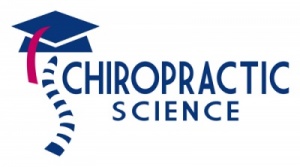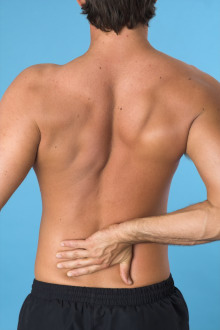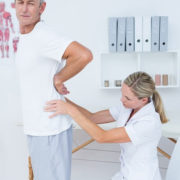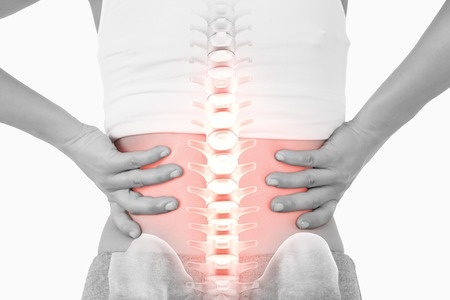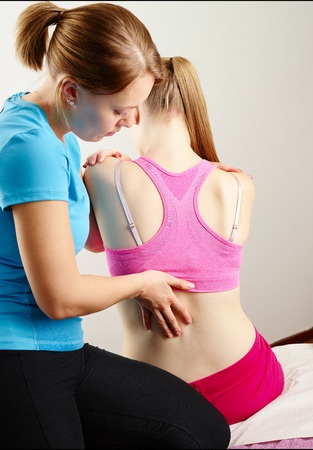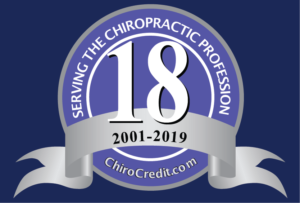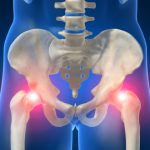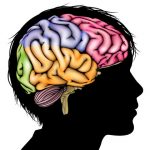Spinal Manipulation Versus Usual Medical Care for Acute and Subacute Low Back Pain
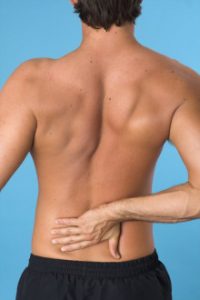 In a recent study, manual manipulation by a chiropractor led to greater short term reductions in self-reported pain and disability than manual assisted manipulation (Activator) or usual medical care by a physical medicine and rehabilitation specialist.
In a recent study, manual manipulation by a chiropractor led to greater short term reductions in self-reported pain and disability than manual assisted manipulation (Activator) or usual medical care by a physical medicine and rehabilitation specialist.
Low back pain (LBP) is an extremely common presenting complaint that occurs in greater than 80% of people. Chiropractors care for patients who have no symptoms and those who have symptoms. Chiropractic has been used as a treatment for those with lower back pain but evidence is mixed with some reviews finding no advantage of chiropractic spinal manipulation therapy (SMT) compared to other treatments while some guidelines find moderate effectiveness of chiropractic care for back pain. Research has demonstrated that chiropractic care in addition to standard medical care improves pain and disability scores, and in another study a subgroup of patients with acute nonspecific LBP – spinal manipulation was significantly better than nonsteroidal anti-inflammatory drug diclofenac and clinically superior to placebo (Spine 2013; 38:540-548). The study reviewed here sought to compare the effectiveness of manual thrust manipulation (MTM) and manual assisted manipulation (MAM), to usual medical care (UMC) for the treatment of acute and subacute LBP.
Methods:
This study was a prospective, randomized controlled trial evaluating the comparative effectiveness of manual and mechanical spinal manipulation to usual medical care for the treatment of acute and subacute LBP. Participants were at least 18 years old and had a new LBP episode within the previous 3 months. They also were required to have a minimum level of self-rated pain of 3 out of 10 and minimum disability rating of 20 out of 100. Exclusions included: chronic LBP (greater than 3 months duration), previous treatment for the current episode, radicular signs/symptoms, contraindications to SMT, current use of prescription pain medicine.
Participants and treating clinicians were not blinded to treatment allocation but the principal investigator was blinded to treatment assignment and had no interaction with participants.
The study interventions consisted of:
- Manual thrust manipulation (MTM) – high velocity low amplitude thrust delivered by a chiropractor to the lower thoracic, lumbar and SI joints in the side posture position as deemed necessary
- Mechanical-assisted manipulation (MAM) – certified Activator Methods chiropractor delivered MAM in the prone position to the lower thoracic, lumbar and SI joints as deemed necessary
- Usual medical care (UMC) – participants were seen by a board certified physical medicine and rehabilitation medical doctor and prescribed over the counter analgesic and NSAID medications, given advice to stay active and avoid bed rest
All groups had a 4 week course of care. All groups received an educational booklet describing proper posture and movements during activities of daily living. Both manipulation groups had 8 visits (2 per week x 4 wks). The UMC group had 3 visits (initial, at 2 weeks and at 4 weeks). Following the 4 week assessment, participants were free to pursue rehabilitation or manipulation.
The primary outcome was the Oswestry LBP Disability Index (OSW) and this index provides a valid and reliable way to assess functional impairment. Pain intensity ratings were also collected using the mean of current pain, worst pain in 24 hours and average pain during last week. Outcomes were assessed at baseline, 4 weeks, 3 months and 6 months. Other outcomes were physical examination, fear avoidance questionnaire, and treatment credibility-expectation questionnaire.
Participants with at least 30% or 50% reductions in an outcome measure were considered to be ‘responders’ and had moderate or substantial improvement respectively.
Results:
- No adverse events were reported
Longitudinal Analysis:
- For disability, no statistically significant differences were found between groups
- For pain, MTM yielded lower pain scores compared to MAM and UMC
- For pain, there were no significant differences between MAM and UMC
Responder Analysis:
- 76% of MTM group achieved at least 30% reduction in disability compared with about 50% of MAM and 50% of the UMC groups (MAM not significantly different from UMC)
- 50% of MTM group achieved at least a 50% reduction compared with 16% of the MAM and 39% of the UMC groups (MAM was significantly worse than UMC in this outcome)
- 94% of MTM achieved greater than 30% reduction in pain compared with 69% of MAM and 56% of UMC
- 76% of MTM achieved greater than 50% reduction in pain compared to 47% of MAM and 41% of UMC (MAM not significantly different from UMC)
Key Points:
- Manual thrust manipulation by a chiropractor led to greater short term reductions in self-reported pain and disability than manual assisted manipulation (Activator) or usual medical care by a physical medicine and rehabilitation specialist
- The benefits seen at the end of 4 weeks of care was no longer statistically significant at 3 or 6 months
- MTM should be considered as an effective short term treatment option for patients with acute and subacute LBP
- Significantly more patients in the MTM group achieved moderate or substantial reductions in disability and pain scores
- These results contradict assumptions of therapeutic similarity between manual thrust and mechanical-assisted manipulation
